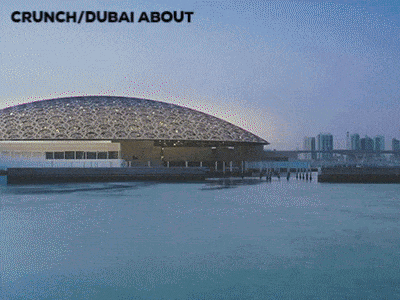The Middle East and North Africa (MENA) region has long been a focal point for global economic and political dynamics. In 2023, as the world undergoes rapid changes and disruptions, the MENA region is no exception. With its unique blend of historical significance, cultural diversity, and economic potential, the region continues to draw attention from investors, analysts, and policymakers alike. In this report, we delve into the key market trends shaping the MENA region in 2023, providing data-driven insights and expert projections.
Digital Transformation and Tech Adoption
The MENA region has embraced the digital revolution with remarkable enthusiasm. From bustling metropolises to remote villages, the ubiquity of smartphones and the internet has driven the proliferation of digital services. E-commerce platforms are witnessing exponential growth, offering convenience and accessibility to consumers. Digital payments and fintech solutions are gaining traction, driven by a young population that is increasingly tech-savvy. As governments invest in digital infrastructure and innovation hubs, the MENA region is positioning itself as a tech-driven economy on the global stage.
Renewable Energy Revolution
As concerns about climate change intensify, many countries in the MENA region are turning to renewable energy sources to power their future. Abundant sunlight and vast deserts make solar energy a particularly attractive option. Wind power projects are also gaining momentum, tapping into the region’s natural resources. In addition to reducing carbon emissions, these investments enhance energy security and foster sustainable development.

Transformative Infrastructure Projects
Bold infrastructure projects are reshaping the physical landscape of the MENA region. Large-scale investments in transportation networks, logistics hubs, and smart cities are not only improving connectivity but also driving economic growth. These developments create opportunities for foreign investors and strengthen the region’s position as a hub for trade and innovation.
Harnessing the Youth Dividend
With a significant portion of its population under the age of 30, the MENA region is poised for a demographic dividend. However, unlocking this potential requires addressing challenges such as youth unemployment and inadequate education systems. Governments and businesses are increasingly focusing on initiatives that empower young people with relevant skills, fostering entrepreneurship and creativity.
Healthcare Resilience and Innovation
The global pandemic underscored the importance of robust healthcare systems. In response, the MENA region is directing resources toward strengthening its healthcare infrastructure and fostering biotechnological advancements. Investments in pharmaceuticals, medical research, and healthcare technology are not only enhancing resilience against future health crises but also contributing to economic diversification.
Navigating Tourism’s Path to Recovery
While the tourism and hospitality sectors faced unprecedented challenges during the pandemic, the rich cultural heritage and historical landmarks of the MENA region remain strong attractions for global travelers. As the world gradually recovers from the pandemic, the region could witness a resurgence in tourism, bolstering local economies and creating job opportunities.
Economic Diversification and Innovation
As oil prices remain subject to fluctuations, countries across the MENA region are intensifying efforts to diversify their economies. This includes nurturing sectors such as manufacturing, technology, and knowledge-based industries. By reducing reliance on oil revenues, these nations are enhancing economic stability and fostering sustainable growth.

Sustainability as a Cornerstone
Increasing awareness of environmental challenges is pushing the MENA region toward adopting sustainable practices and green initiatives. Businesses and governments are embracing sustainability as a strategic imperative, not only for ethical reasons but also to meet the demands of a global market that values responsible practices.
Navigating Geopolitical Complexities
The MENA region’s intricate political and geopolitical landscape continues to influence market dynamics. Developments on both regional and international fronts have the potential to reshape investment climates and market opportunities. Investors and businesses must remain vigilant and adapt their strategies to navigate these complexities.
Regulatory Reforms and Business Environment
Regulatory changes have a profound impact on the ease of doing business in the MENA region. Governments are increasingly focusing on streamlining bureaucratic processes, enhancing transparency, and improving investor protections. These reforms create a more conducive environment for domestic and foreign businesses alike.
In conclusion, the MENA region is undergoing a dynamic transformation in 2023, driven by a convergence of factors ranging from technological advancements to shifting geopolitical dynamics. These trends present a myriad of opportunities and challenges for investors, businesses, and policymakers. To gain a comprehensive understanding of the MENA market landscape, it is essential to rely on reputable sources, expert analysis, and up-to-date data. By staying attuned to these trends, stakeholders can navigate the evolving MENA market with confidence and foresight.
